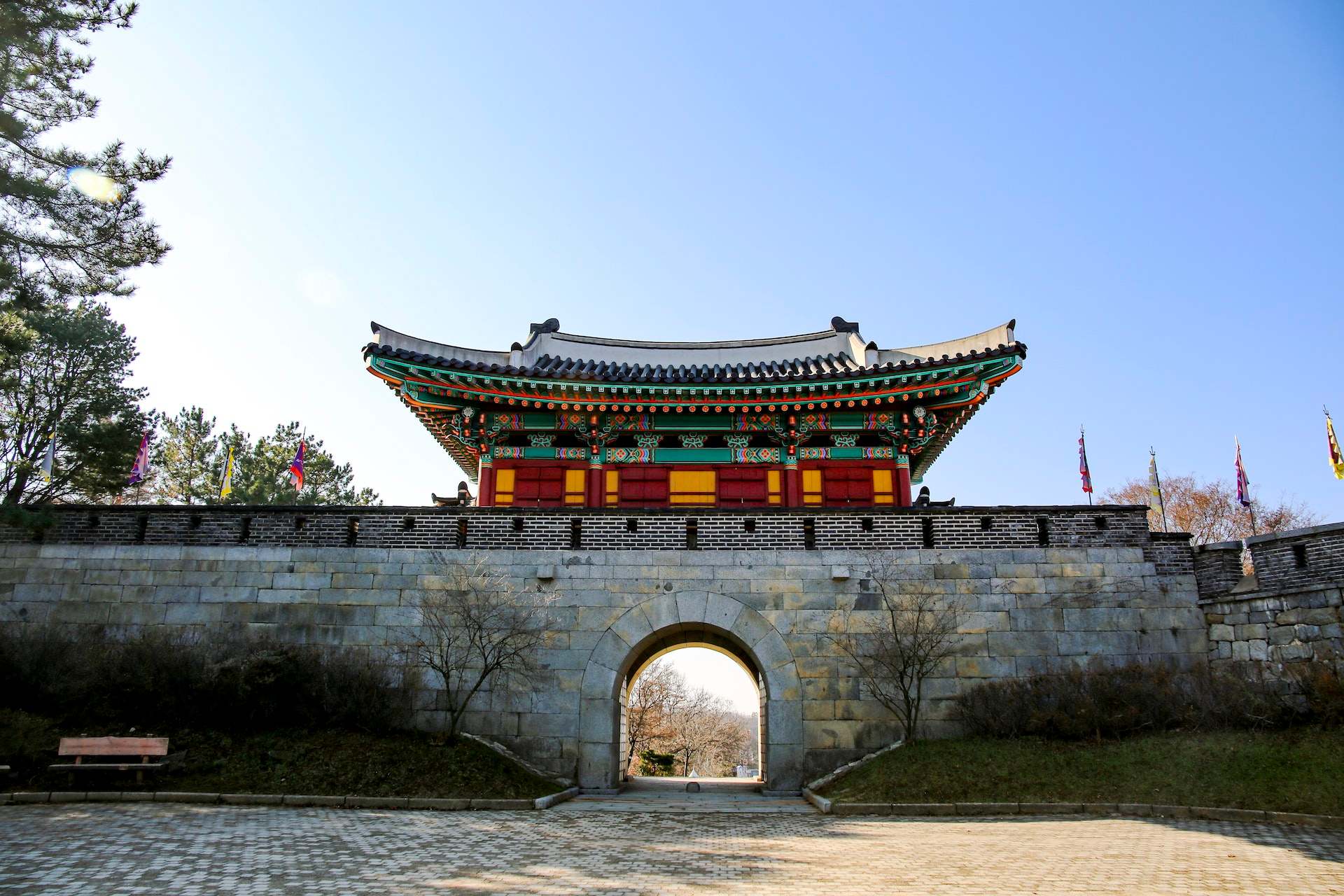Hue weather is a topic of great interest to many people, as it can greatly impact the overall experience of visiting this historic city in central Vietnam. Known for its rich cultural heritage, stunning architecture, and beautiful natural landscapes, Hue is a popular destination for tourists from all over the world. But what can you expect when it comes to the weather during your visit? In this blog post, we will take a detailed look at the weather in Hue, including average temperatures, precipitation levels, and the best time of year to visit.
Located on the banks of the Perfume River, Hue has a tropical monsoon climate that is characterized by high humidity and heavy rainfall. The city experiences two distinct seasons: the rainy season, which runs from May to October, and the dry season, which runs from November to April. During the rainy season, the city receives an average of around 190mm of precipitation per month, while during the dry season, the average drops to around 50mm.
While the rainy season in Hue can be quite heavy, it is also the time of year when the city is at its most lush and green. The rain often comes in the form of short, heavy downpours, and it is not uncommon for the sun to be shining again just a few minutes after a storm. For this reason, many tourists find that the rainy season is a great time to visit Hue, as it can provide a unique and refreshing experience.
However, it is also important to note that the rainy season can also bring some challenges for travelers. Flooding is a common occurrence during this time of year, and many streets and roads can become impassable. Additionally, the high humidity can make it quite uncomfortable to be outside for long periods of time.
| Month | Low (°C) | High (°C) | Low (°F) | High (°F) | Rain (%) |
|---|---|---|---|---|---|
| January | 16 | 26 | 61 | 79 | 15 |
| February | 17 | 27 | 63 | 81 | 15 |
| March | 18 | 28 | 64 | 82 | 15 |
| April | 20 | 30 | 68 | 86 | 20 |
| May | 22 | 32 | 72 | 90 | 40 |
| June | 24 | 34 | 75 | 93 | 60 |
| July | 25 | 35 | 77 | 95 | 70 |
| August | 25 | 35 | 77 | 95 | 70 |
| September | 24 | 34 | 75 | 93 | 60 |
| October | 22 | 32 | 72 | 90 | 40 |
| November | 20 | 30 | 68 | 86 | 20 |
| December | 18 | 28 | 64 | 82 | 15 |
When it comes to the best time to visit Hue, the answer can vary depending on what you hope to experience during your trip. If you’re looking to avoid the heaviest rainfall and the highest humidity, the dry season from November to April is likely the best choice for you. During this time of year, the city receives very little precipitation and the temperatures are relatively mild, making it ideal for exploring the city’s many cultural and historical sites.
On the other hand, if you’re looking to experience the unique beauty of Hue during the rainy season, then May to October may be the perfect time for you to visit. This is when the city is at its most lush and green, and the rain often comes in the form of short, heavy downpours that can provide a refreshing break from the heat. Additionally, during this time of year, many of the city’s festivals and cultural events take place, providing a unique and immersive experience for visitors.
Another important consideration when planning a trip to Hue is the crowds. The city is extremely popular with tourists, and it can get quite crowded during peak season. If you’re looking to avoid the crowds and have a more peaceful experience, it’s best to visit during the shoulder seasons of April and October. During these months, the weather is still quite pleasant, and there are fewer tourists, making it a great time to explore the city at a more leisurely pace.
In conclusion, the weather in Hue can greatly impact your overall experience of visiting the city. While the rainy season can be challenging at times, it also provides a unique and refreshing perspective on the city’s beauty. The best time to visit Hue depends on personal preferences, whether you want to avoid the heavy rainfall, high humidity, or crowds. The dry season from November to April is the best choice for avoiding rainfall and high humidity, while the rainy season from May to October is the best choice for experiencing the unique beauty of the city. April and October are the best choices for avoiding crowds.



